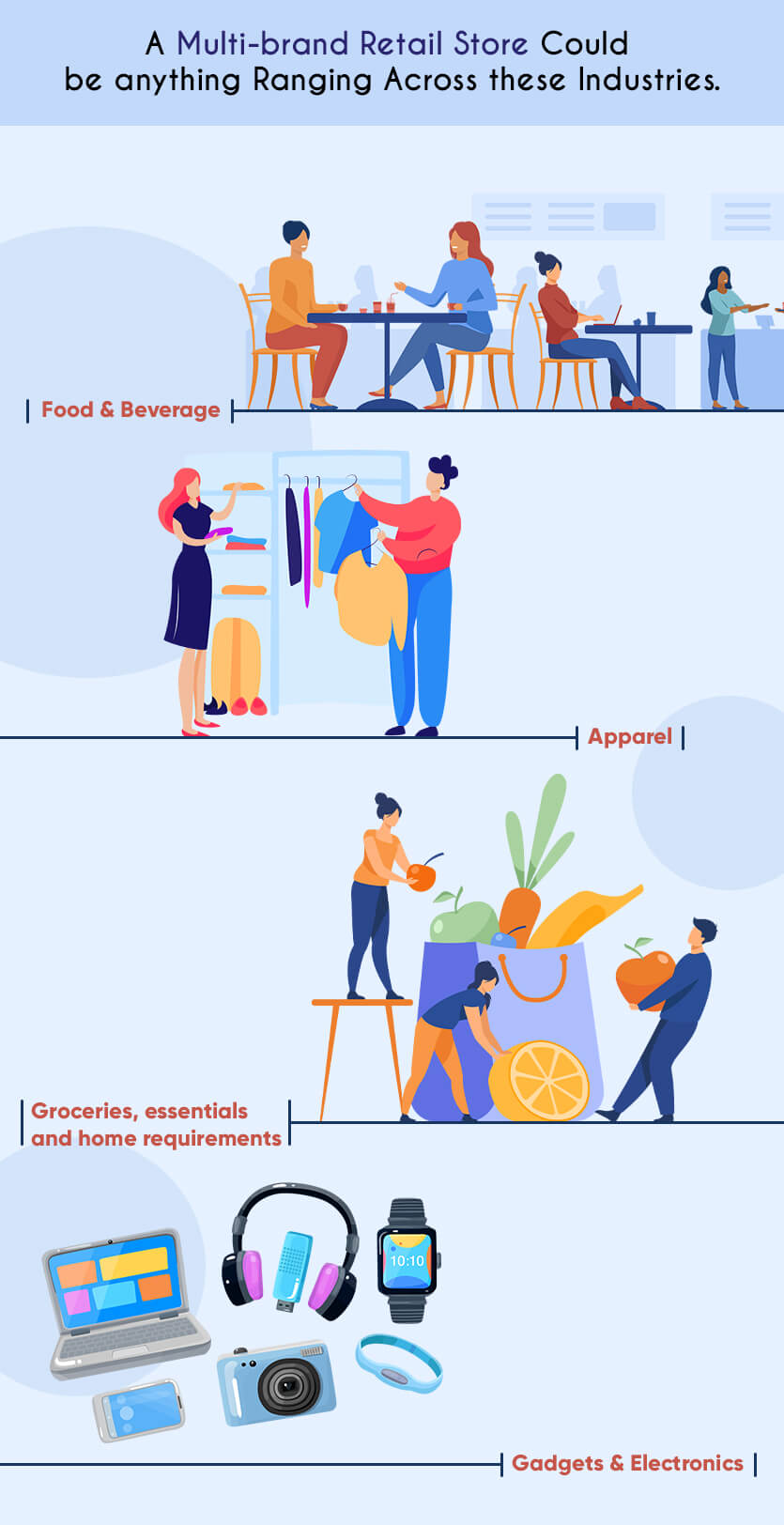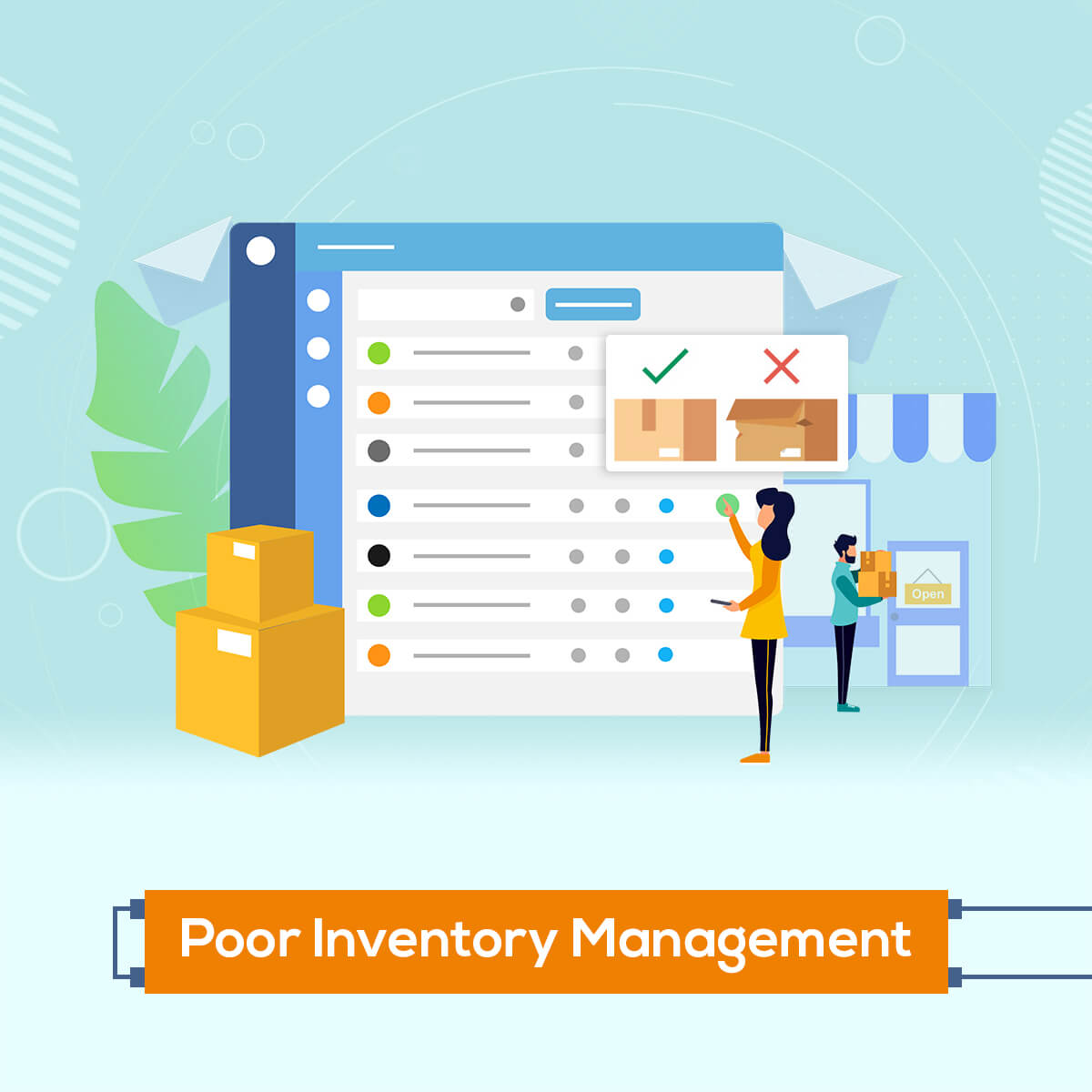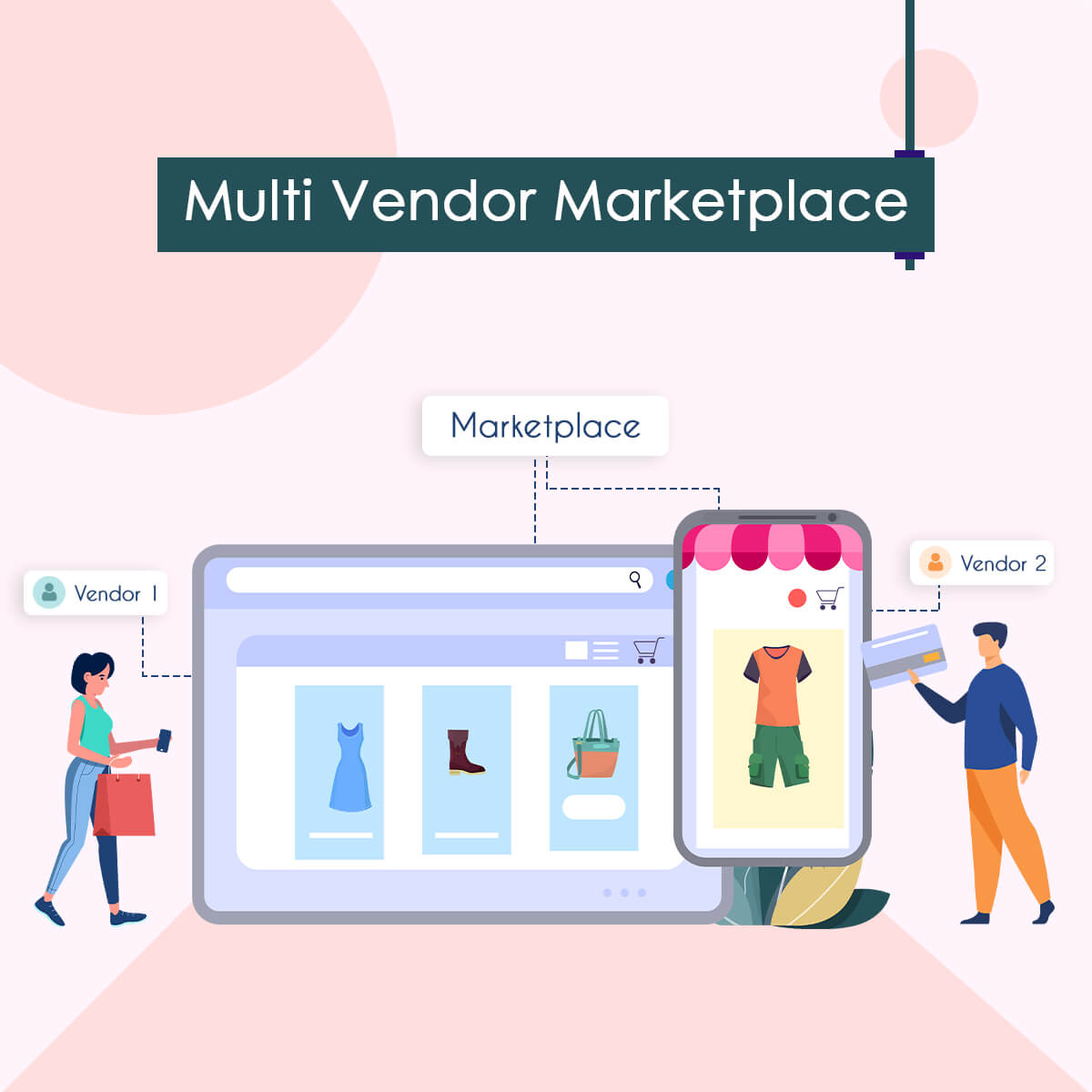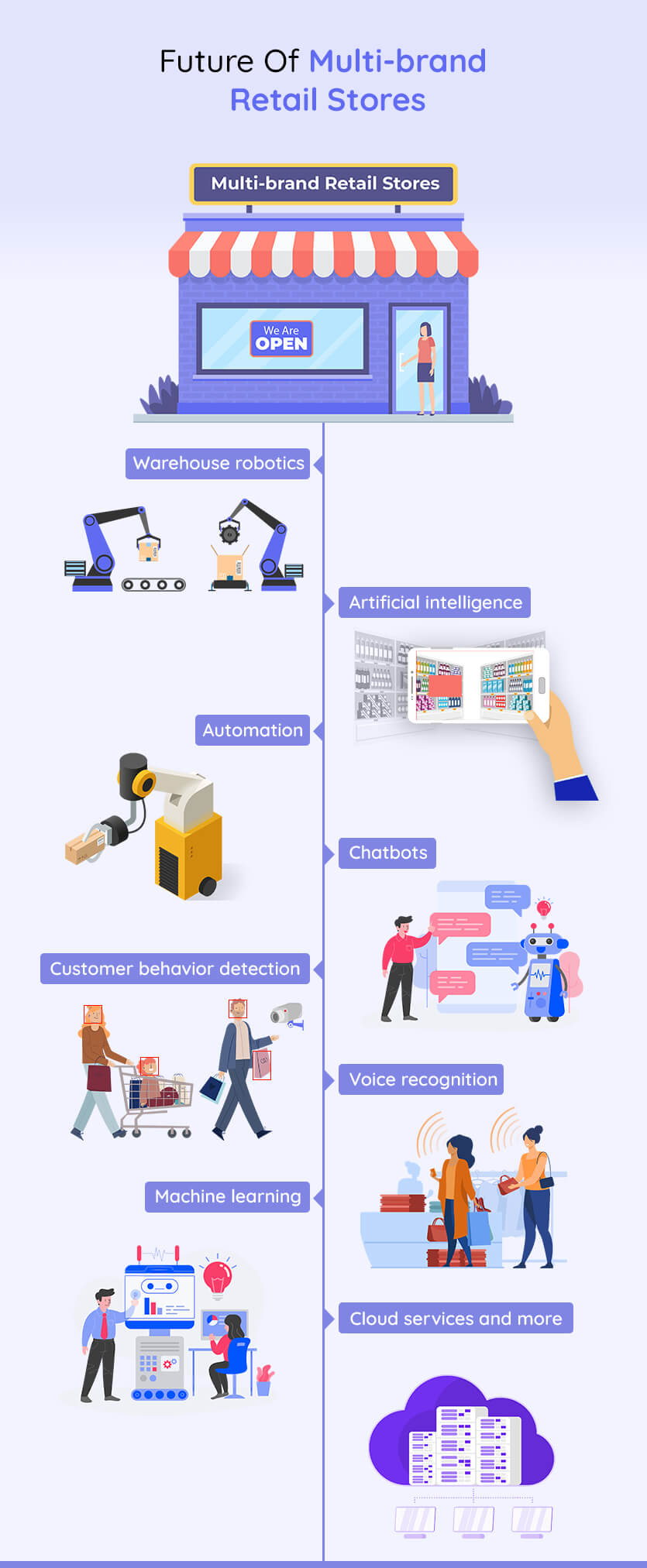-
solutinos
-
Hire
Frontend Developer
Backend Developer
-
NodeJS Developer
-
Java Developer
-
Django Developer
-
Spring Boot Developer
-
Python Developer
-
Golang Developer
-
Ruby on Rails Developer
-
Laravel Developer
-
.NET Developer
Technology
-
Flutter Developer
-
React Native Developer
-
Xamarin Developer
-
Kotlin Developer
-
Cross-Platform Developer
-
Swift Developer
-
MongoDB Developer
-
C Developer
-
Smart Contract Developers
Cloud
-
-
Services
Mobile Development
Web Development
- Work
-
Multi Services App
-
Food Delivery App
-
Grocery Delivery App
-
Taxi Cab Booking App
-
Multi Services App
-
OTT Platform APP
-
Social Media APP
-
Freelance Service App
-
Car Rental App
-
Medicine Delivery App
-
Liquor Delivery App
-
Sports Betting App
-
Online Coupon App
-
eLearning App
-
Logistics & Transportation App
-
Courier Delivery App
-
On-Demand Real Estate App
-
E-Wallet APP
-
Online Dating App
-
Handyman Services App
-
-
Process
-
Company
.jpg)
Quick Summary : A multi-brand retail store is explained by contrasting it with a single-brand store, emphasizing that it offers a variety of brands under one roof, allowing customers to compare products and prices easily. In this blog we will also determine how business digitization assist business and the future of multi-brand stores.
Welcome to post #2 of the Retail and Ecommerce Guide Series. In our previous post, we discussed the importance of business models and checked prominent models that are implemented across businesses.
Today, we are getting ready to look at some of the most popular business models one by one in a series, starting off with the multi-brand store business model.
What Is a Multi-Brand Retail Store?
We are all familiar with a multi-brand retail store but so far, our understanding has been mostly from a consumer perspective. When you step into the shoes of a business owner, the point of view completely changes.
To understand a multi-brand retail store, let’s understand a single-brand retail store. Any store that sells products or goods of one single brand is called a single-brand retail store. They could be direct retail stores set up by manufacturers or the brand, franchisees, factory outlets or more.
But the fact is that consumers can find only one brand of any product segment in such stores.
Multi-brand retail stores can be run in two different ways
- Offline
- Online
Offline is your brick and mortar store, where consumers can walk in directly and make a purchase and online is your ecommerce website where people can shop from the comfort of their homes.
Multi-brand retail stores, on the other hand, offer you products and services of a number of different brands at one single place. And as a consumer, one can walk in, look for options, compare prices, features and specifications offered by different models and brands and choose the one they prefer the most.

A multi-brand retail store could be anything ranging across these industries
- Food and beverage – like a food court
- Apparel – like H&M, Max or American Eagle Outfitters
- Groceries, essentials and home requirements – Walmart or Costco
- Gadgets and Electronics – BestBuy, Walmart and more
And the list could go on.
The Advantages of Multi-Brand Retail Store
One of the biggest advantages of a multi-brand retail store is that customers have options to choose from. They would find that particular model or product that they are looking for from one brand or the other.
can influence consumers into taking one decision. That’s why such a diverse option allows them to make a purchase in your store, where there is very less chances of a customer walking away from your store as the result of unavailability of a product.
Challenges In Running a Multi-brand Retail Store
There are tons of challenges and shortcomings retail stores face on a daily basis. These pain-points only accumulate or aggravate by the day, eventually leading to businesses facing shortcomings in growth.
That’s why we felt it was important to address such factors that gradually cause businesses to stall when it comes to running a multi-brand retail store.
Let’s look at them one by one.

Poor Inventory Management
Leading to consequences like stores becoming overstocked, understocked, a hub for product returns, hindrances in logistics and more. When you don’t have a transparent or a clear inventory management system, you would end up ordering too many items and find it hard to sell them or order too less and experience huge demand and disappointed customers.

Integrate advanced business intelligence and data visualization tools to boost your operations!
Connect with our experts to elevate your digital business!
Get in Touch with Experts Get in Touch with ExpertsCustomer Retention and Satisfaction
You have set up your multi-vendor store but are finding it difficult to find new customers or optimize customer satisfaction, eventually losing customers because of poor service.
Lack of Transparent Communication
Inefficient internal communication in an organization yielding troubles in employee morale, product/business understanding, misunderstood business goals and more. Managing members across teams is getting really tough for you as your business continues to grow or expand. Without a centralized system in place, your communication is reliant on emails and diverse channels which you are also finding it difficult to track. This leads to diluted understanding of your vision, decisions and goals.
Smooth Experience Across Multiple Channels
Your business is live on several channels such as LinkedIn, Instagram, Snapchat and more but for customers, the experience on each is different from another. They ultimately suspect the legitimacy of your brand.
Lack of Understanding Customer Sentiments
Lack of data touch points or generation leading to inadequate understanding of customer behavior. Your business is starting to stagnate as you experience sudden stalling in your sales as you are not aware of the changing customer behavior. Without data of your customers, it becomes difficult to gauge their requirements and present them with solutions.
Employee Management
Workforce concerns related to recruitment, training, employee welfare and more Attrition in Ecommerce is a challenge and only an airtight solution can help you retain your employees. Without it, you won’t be able to see employee morale, job satisfaction levels and more and lose more employees every month. Training new employees also becomes an action in vain as they ultimately leave after a few months.
How To Solve The Challenges In Running a Retail Store Business
_T3.jpg)
While these were only the most prominent concerns plaguing retail stores (both online and offline) today and there are way more problems that are subjective to specific establishments and niche.
Regardless, there are several effective strategies and tools to tackle them and ensure most of them are not just fixed but made airtight as well.
Let’s look at some of the solutions.
Business Digitization
Where an app or a website is developed processes pertaining to supply-chain are automated. It makes streamlining business processes easier and paves the way for automation of most aspects. Businesses can also appoint admins to carry out specific aspects of business.
Rewards and Loyalty Management Programs
This help you to have a better rapport with your vendors. Fosters a healthier and a more reliable vendor-brand relationship and helps your business receive priority amidst competition.
Incorporating Business Intelligence and Analytics Tools
With the data about you could gauge customer behavior and optimize sales and satisfaction levels through personalization, deals and discounts, behavior targeting, segmented targeting and more. Better product recommendation, personalized targeting, optimized customer experience and retention strategies and more.
Deploying an Employee Management Solution
Where you can streamline all aspects of employee management, execute a number of tasks and make way for uniform understanding of business across teams and hierarchies. Facilitates task allocation processes, payroll management, processing salaries, tracking attendance, measure performance and more.

Opting for a Multi-vendor Marketplace
Where standards are set for all aspects of business operations and followed diligently across teams and branches. A single market resonance across branches.
Omnichannel Presence
Where businesses are present across all crucial social channels to facilitate the discovery of their brand and products for customers. From Instagram, Facebook and Twitter to YouTube, LinkedIn, Pinterest and more, this omnichannel presence is establishing a strong online presence and set a unanimous tone and authority for the brand for people to identify and connect with. It allows you to be where your customer is so you could instantly take your products to them at the right moment they are looking for it.
Case Study
Walmart
One of the largest business ventures in the United States was nothing less than a disruptor when it was established. Ever since the opening of its store in 1960 in Rogers, Arkansas, it has been growing across the nation. It was in a short span of two decades that Walmart went on to become one of the largest businesses to operate in the US.
- The Business Model
- Going Digital
- Customer Retention
Walmart’s business model revolves around eliminating middlemen in businesses and offering products and goods at comparatively reduced prices. The business motive of Walmart is to enter every possible segment in the market and emerge as an authority in each.
As of January 2021, the brand’s revenue stood at around $524bn.
Apart from being a retail store, it also set up an online version of its business called Wal-Mart US. Operating in the US alone, the website sells products and goods that are not available in physical stores apart from what is available in them. It has rolled out an ecommerce website and app to reach potential customers.
As a measure to retain customers and optimize better services, Walmart also runs a reward-based membership program. This allows club members to avail special discounts, premium products, priority checkout and more.

Leverage our expertise and transform your e-commerce business in the competitive era!
Expand the market presence with our expertise in the field and transform your business!
Future Of Multi-brand Retail Stores
All the challenges we discussed so far and their solutions to them lead to one concept when it comes to the future of multi-brand retail stores – Digitization.
Digitization is the process of doing away with analog operating procedures and policies in your business operations and replacing them with digital solutions. We are not just referring to the replacement of ledgers with spreadsheets and desktops but a whole new layer of digitization.
We are suggesting you take your business to the next level with advanced IT infrastructure-backed solutions like launching an app or an Ecommerce website for your brand. When you implement these, what you are also incorporating are technologies like
- Warehouse robotics
- Artificial intelligence
- Automation
- Chatbots
- Customer behavior detection
- Voice recognition
- Machine learning
- Cloud services and more
This is the future of your multi-brand venture we are talking about and visualizing simultaneously. This is the one thing your business needs today for profitability tomorrow.
It allows for smoother management, optimized customer retention rates, better profits and wholesome shopping experiences.
So, to get started with developing an ecommerce store or an app for your retail business, we suggest you get in touch with us today.
Watch out this space for the next business model we will discuss – drop shipping.
